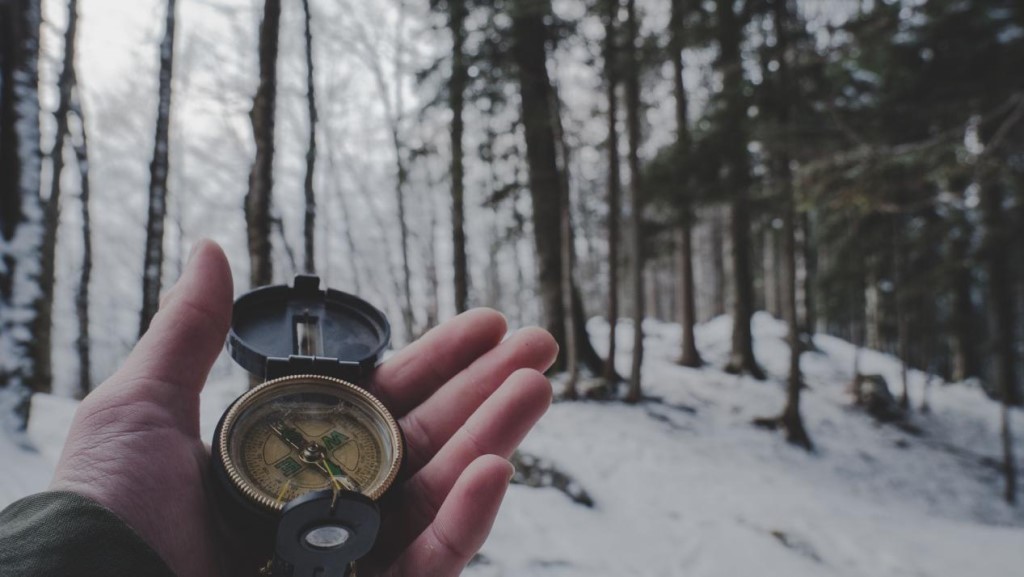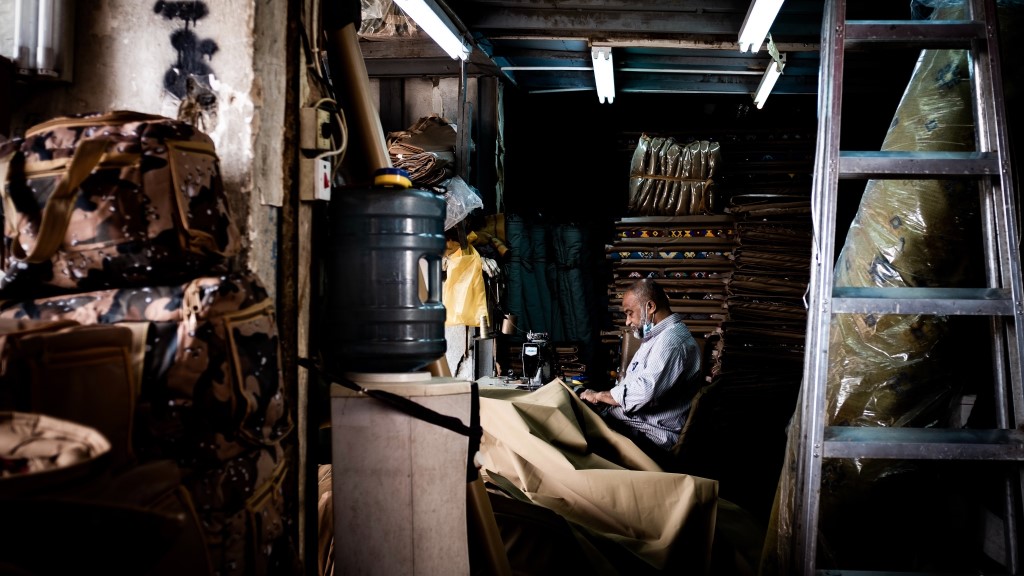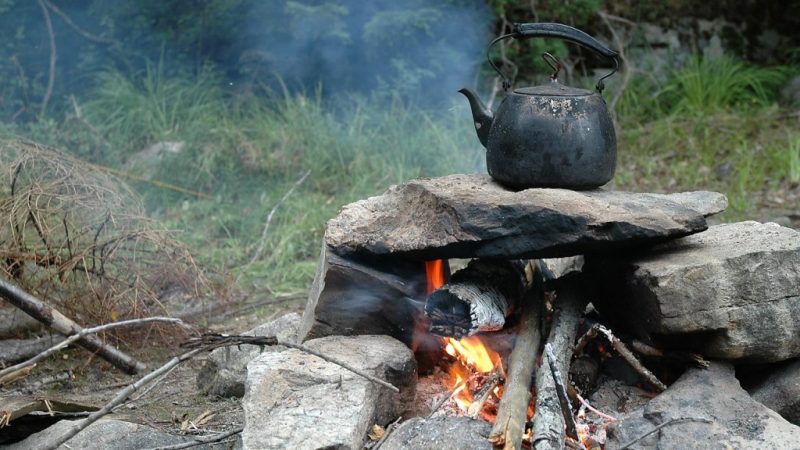Winter can be a challenging time for preppers. The cold weather and potential for snow and ice storms can make it difficult to access food, water, and other necessities. It’s important for preppers to be prepared for these challenges and to have a plan in place for staying safe and warm during the winter months. In this article, we’ll discuss 10 essential winter survival skills for preppers.
By mastering these 10 essential winter survival skills, preppers will be better equipped to handle any winter emergency that may arise. Remember, it is always better to be over-prepared than under-prepared. It’s also important to regularly practice and review these skills, so that they are fresh in your mind and can be executed effectively if the need arises.
The 10 Essentials
- Building a fire: Being able to start a fire in the winter is essential for staying warm and cooking food. It’s important to know how to build a fire using various methods, such as using a fire starter, matches, or a fire steel. In addition, it’s important to have a good supply of firewood and to know how to properly store it to keep it dry.
- Insulating your home: Keeping your home warm in the winter is essential for survival. Insulating your home will help to keep the heat in, and it can also reduce your heating costs. There are a variety of ways to insulate your home, such as adding weatherstripping to doors and windows, adding insulation to attics and walls, and using heavy curtains to block drafts.
- Staying hydrated: Water is essential for survival, but it can be difficult to access in the winter. Snow and ice can make it difficult to find a source of clean water, and it’s also important to keep in mind that water can freeze. To stay hydrated, preppers should have a supply of water stored in a safe and easily accessible location, and they should also know how to melt snow and ice for drinking water.
- Staying fed: Food is also essential for survival, and it can be difficult to find in the winter. Preppers should have a supply of non-perishable food stored in a safe and easily accessible location, and they should also know how to hunt and trap wild game, as well as how to forage for wild edible plants.
- Navigation and Orienteering: In winter months, visibility can be limited and terrain is tricky. Knowing how to navigate and orient yourself using a map and compass is essential for staying safe in the wilderness. It’s also a good idea to have a GPS device as backup.
- First Aid: Injuries and illnesses can occur at any time, but they can be particularly dangerous in the winter. Preppers should know how to administer first aid, and they should also have a well-stocked first aid kit.
- Cold Weather Clothing and Shelter: Staying warm in cold weather is essential for survival. Preppers should have a good supply of warm clothing, including gloves, hats, boots, and a good quality coat. They should also know how to build a shelter that will protect them from the wind and cold.
- Dealing with Hypothermia and Frostbite: Hypothermia and frostbite can occur when a person’s body temperature drops too low. Preppers should know how to recognize the symptoms of hypothermia and frostbite and how to treat them.
- Snow shoveling and removal: In many regions, heavy snowfall can block roads and make it difficult to get around. Preppers should have a snow shovel and know how to properly clear snow to keep themselves and their homes safe.
- Emergency communication: Preppers should have a way to communicate with others in case of emergency. This could include a cell phone, a radio, or a satellite phone. They should also know how to use these devices and have backup power sources for them.
The Last Word
In conclusion, the winter season brings many challenges for preppers, and being prepared is essential to survival. It is important to have a plan in place for dealing with the potential hazards of cold weather, such as how to stay warm and hydrated, how to access food and water, and how to navigate in snowy and icy conditions.
Remember to also keep an eye on the weather forecast and stay informed on any potential hazards or extreme conditions that might be approaching.






